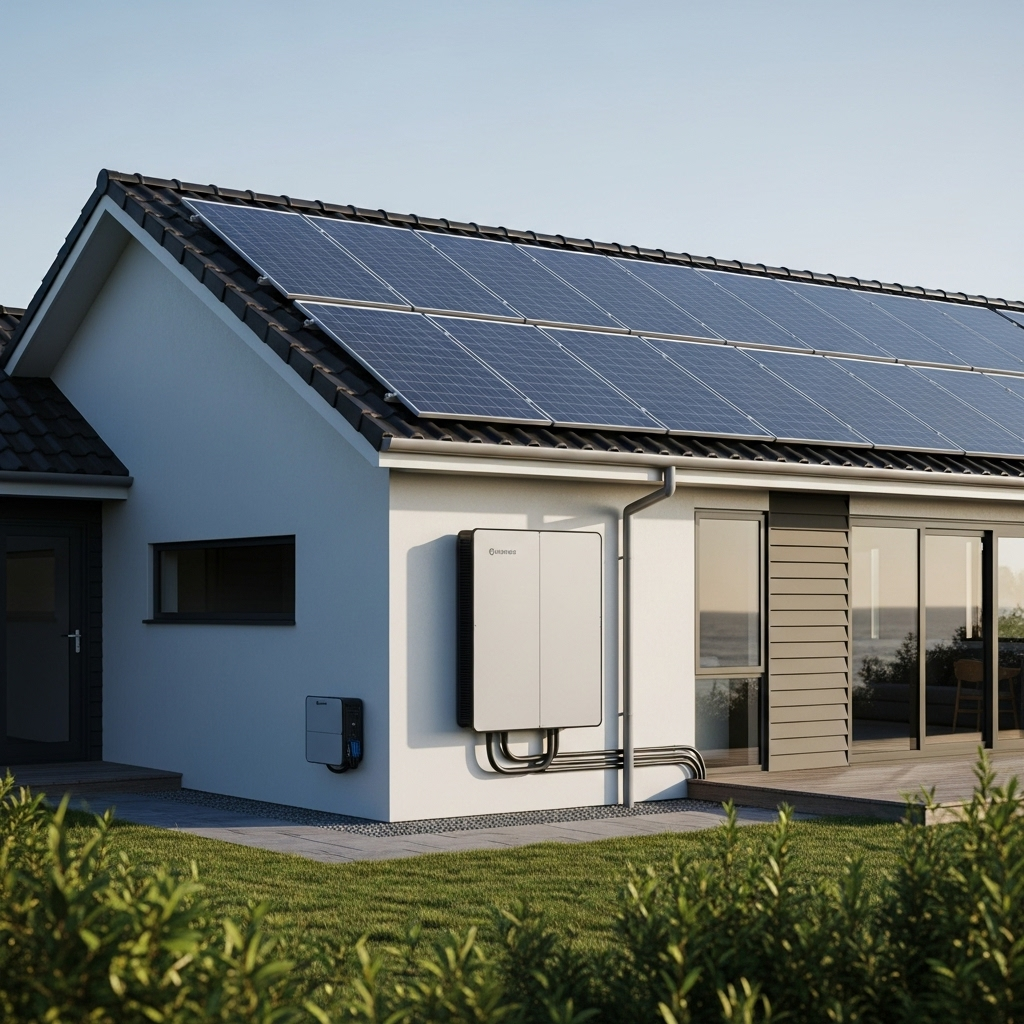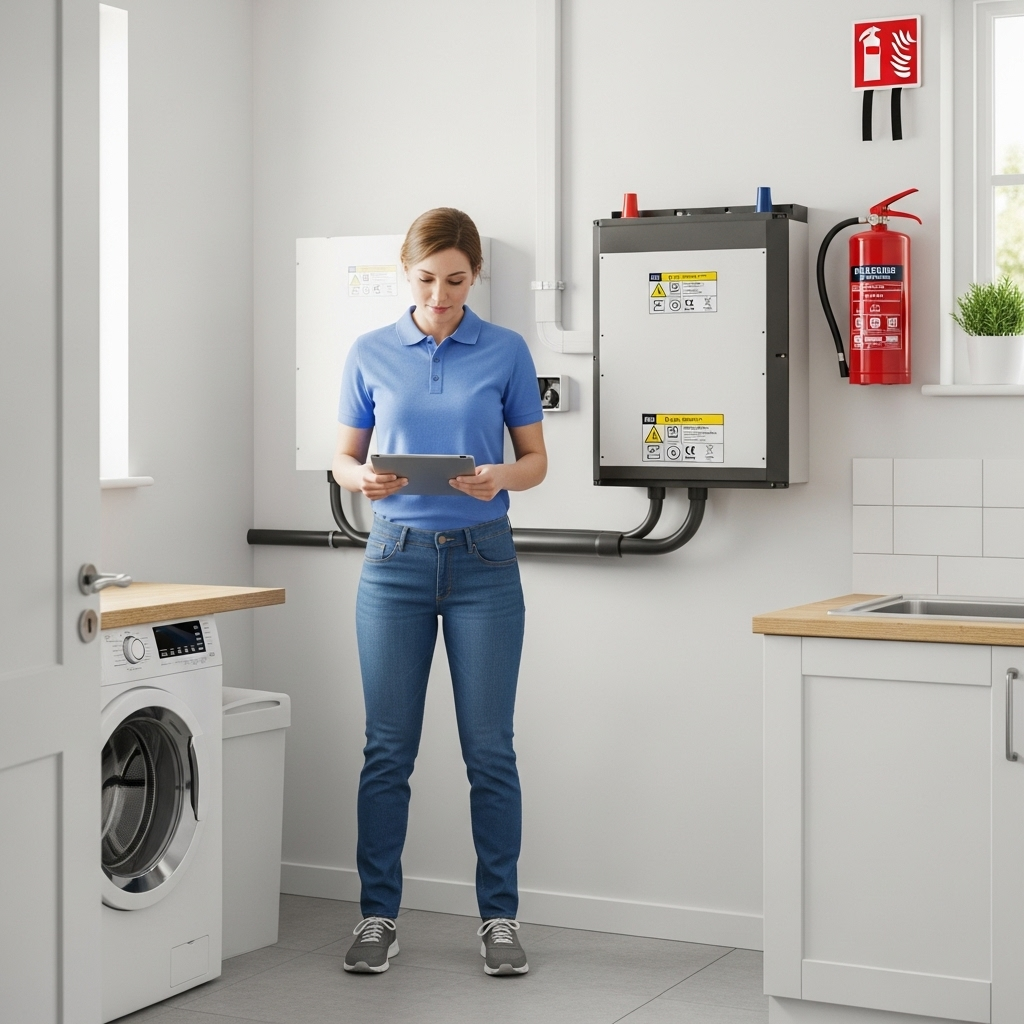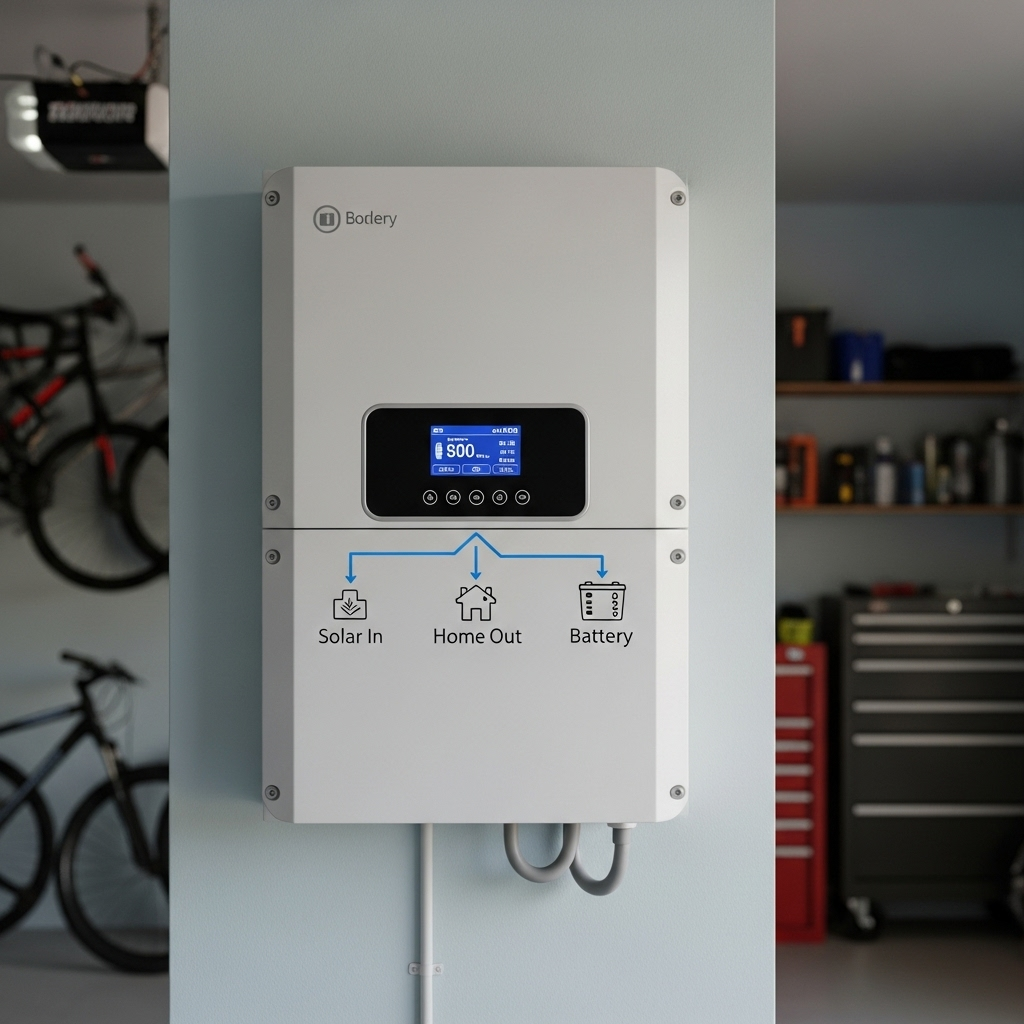Living by the sea is wonderful—and brutal on equipment. In this case study, I documented a six-month trial maintaining a residential Energy Storage System (ESS) less than a mile from the coastline. The goal was simple: build a monthly checklist that a homeowner can complete safely, protect against salt and humidity, and keep the system ready for outages.
Why Coastal Sites Stress an ESS
Salt Aerosols and Corrosion
Microscopic salt crystals settle on metal parts and, combined with moisture, form an electrolyte that accelerates corrosion. Left alone, terminals tarnish, enclosures pit, heat-sink fins lose efficiency, and protective earth points can degrade.
Humidity, Condensation, and Overnight Cooling
High humidity plus nighttime temperature drops can create internal condensation on PCBs and busbars if seals or cable glands are compromised. Repeated wetting/drying cycles age coatings and increase leakage risks.
Thermal Cycling and Solar Gain
Rapid swings between mid-day heat and cool evenings stress plastics, gaskets, and solder joints. Fans run harder, filters load up faster, and dust plus salt film become a thermal blanket.
What I Measured During the Trial
- Visual film buildup: Salt film was noticeable on exposed metal within ~2 weeks without wipe-downs.
- Vent loading: Debris (leaves/dust) accumulated around intake vents within 3–4 weeks, raising fan duty cycles.
- Event logs: Occasional high-temperature warnings on hot, windless afternoons; no faults after airflow was restored.
For broader context on quality infrastructure and why simple checklists matter, see IRENA guidance and IEA analysis.
The Monthly Coastal ESS Checklist (≈30 minutes)
Safety first: Follow the manufacturer’s shutdown/startup instructions before any physical work. Do not open sealed enclosures or tighten live terminals. If in doubt, call a qualified installer.
1) Visual & Environmental
- Enclosures & vents: Look for rust, paint blistering, or cracks. Make sure all vents are clear of dust, leaves, and cobwebs.
- Seals & glands: Check door gaskets and cable glands for pliability and cracks. Replace if brittle.
- Clearances: Keep at least the manufacturer’s minimum clearance free of storage items for airflow and service.
2) Monitoring & Logs
- Dashboard review: Note any warnings or new error codes. Capture screenshots of battery SOC, temperatures, and charge/discharge power.
- Month-over-month check: Compare energy throughput with prior months. Weather explains some change; a sudden unexplained drop is a flag.
3) Cleaning (Non-intrusive)
| Task | Procedure | Frequency | Purpose |
|---|---|---|---|
| Wipe exterior surfaces | Use a soft cloth dampened with fresh water; finish with a dry cloth. No solvents. | Monthly | Removes salt film that accelerates corrosion. |
| Clear floor & wall area | Remove debris around intakes/exhausts; verify nothing blocks louvers or fans. | Monthly | Restores airflow; reduces thermal stress. |
| Check labels & indicators | Confirm stickers/markings remain legible; indicator LEDs behave normally. | Monthly | Maintains safety info and quick diagnostics. |
4) Optional Checks (Installer-approved only, system OFF)
- Terminal inspection: Look for discoloration or green/white corrosion products. Do not loosen/tighten unless instructed by your installer.
- Ground continuity: If you have the training and the system is de-energized, verify bonding points as per the installer’s procedure.
Data I Log Each Month
- Ambient max/min temperature and relative humidity (simple meter is fine).
- Photos: front/side vents before/after cleaning; any rust spots (same angles for comparability).
- Screenshots: SOC curve on a typical day; max battery temperature; any warnings.
- Notes: unusual noise, fan duty cycles, or odors; recent storms and spray events.
When I Call a Professional
- Repeated warnings or any error codes I cannot identify.
- Signs of water ingress inside the enclosure or around cable entries.
- Damaged insulation, burnt smell, or abnormal hot spots.
- Performance drop >20% versus a comparable weather month without a clear cause.
Why This Pays Off
Longer Service Life
Regular removal of salt film and keeping airflow unobstructed slows corrosion and reduces thermal stress on power electronics and battery packs.
Higher Readiness for Outages
A clean, well-ventilated system maintains stable charge/discharge performance during coastal heat waves and after storms.
Frequently Asked Questions
How often should I perform this checklist?
Monthly is a good cadence for coastal homes. After any major storm, do a quick visual check for debris and moisture.
Do I need special tools?
No, not for the monthly items: soft cloths and fresh water are usually enough. Anything involving enclosure opening, torque checks, or live circuits belongs to a qualified professional.
What if I see light rust starting?
Document with photos, clean the exterior, and contact your installer for approved touch-up methods. Do not sand or open enclosures without guidance.
Disclaimer: Procedures vary by product line and jurisdiction. Always follow the manufacturer’s manual and local electrical rules. For background reading on quality processes in distributed energy, see IRENA guidance and IEA analysis.





Leave a comment
All comments are moderated before being published.
This site is protected by hCaptcha and the hCaptcha Privacy Policy and Terms of Service apply.